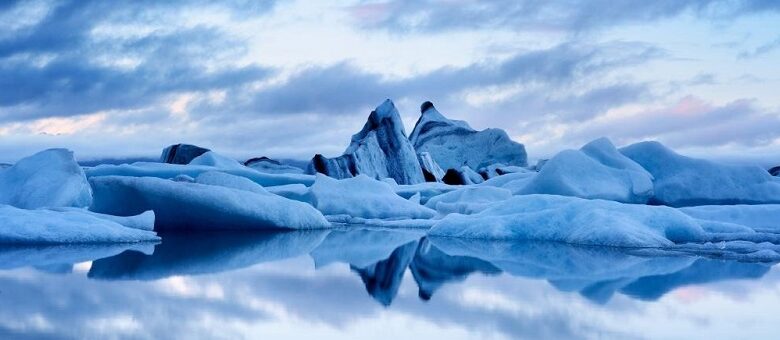Monitoring the Melting Himalayan Glaciers: India’s Scientific Endeavours

The alarming rate of Himalayan glacier melting has become a significant concern, prompting the Indian government to fund various institutes, universities, and organizations dedicated to monitoring and studying these majestic icy formations. In a recent statement, Union Minister of Earth Sciences, Shri Kiren Rijiju, shed light on the accelerated heterogeneous mass loss in the Hindu Kush Himalayan glaciers and highlighted the critical efforts being undertaken to comprehend the impact of climate change on these vital resources.
A comprehensive study conducted by Indian institutions revealed the mean retreat rate of Hindu Kush Himalayan glaciers to be 14.9 ± 15.1 meters per annum (m/a). However, there are variations in different river basins, with Indus glaciers showing a retreat rate of 12.7 ± 13.2 m/a, Ganga at 15.5 ± 14.4 m/a, and Brahmaputra at 20.2 ± 19.7 m/a. Notably, the Karakoram region has shown relatively minor length changes, indicating stable conditions.
The Ministry of Earth Sciences (MoES) has been actively involved in glacier monitoring through the National Centre for Polar and Ocean Research (NCPOR). A dedicated research station named ‘Himansh’ was established in the Chandra basin of the western Himalayas in 2016. Observations at this station revealed a loss of about 6% of glacial area during the last 20 years, with an ice mass reduction of 2.4 to 9 meters water equivalent (m w.e.) from 2013 to 2021. Similarly, glaciers in the Bhaga basin lost substantial ice mass ranging from 6 to 9 m w.e. during 2008 to 2021. The annual retreat rate of Chandra basin glaciers varied from 13 to 33 meters/year over the past decade.
The Wadia Institute of Himalayan Geology (WIHG), under the Department of Science & Technology (DST), has been conducting research on glacier dynamics, hydrology, and hazards. Their observations indicate significant heterogeneities in glacier thinning and surface flow velocity patterns in the Garhwal Himalayas. Various factors like topography, climate, and debris cover contribute to the retreat rates, with glaciers like Dokriani and Chorabari showing retreat rates of 15-20 m/year and 9-11 m/year, respectively.
The National Institute of Hydrology (NIH) monitors hydrological and hydro-meteorological data downstream of Gaumukh, with relatively consistent flow volumes recorded over the years. NIH is also monitoring two glaciers, Phuche and Khadung, in Ladakh Himalayas since 2010.
ISRO’s Space Application Centre (SAC) has played a crucial role in mapping 5234 glaciers in the Himalayan-Karakoram (H-K) region using satellite data. These mappings revealed varied loss in glacier area in the region. Additionally, the Geological Survey of India (GSI) and various institutions funded by DST have conducted mass balance studies on numerous glaciers, highlighting their varying rates of melting and retreat in different regions.
Minister Rijiju acknowledged that glacier melting is a natural process driven primarily by global warming and climate change. While efforts are being made to monitor and understand the response of Himalayan glaciers, controlling the rate of melting remains a complex challenge. Preserving the Himalayan glaciers requires addressing the root causes of global warming and climate change, a task that demands coordinated international efforts.
Indian institutes, organizations, and universities have been at the forefront of studying Himalayan glaciers, with approximately 90 researchers engaged in this critical work over the last three years. Their efforts contribute significantly to the scientific understanding of glacier behaviour and the implications of climate change.
As the world grapples with the effects of climate change, the accelerated melting of Himalayan glaciers serves as a poignant reminder of the urgency to address environmental challenges. Through collaboration with international partners and a focus on research, awareness, and responsible practices, India is taking crucial steps to mitigate the impact of climate change on these vital ice resources.
News Mania Desk/ Agnibeena Ghosh , 24 July 2023






